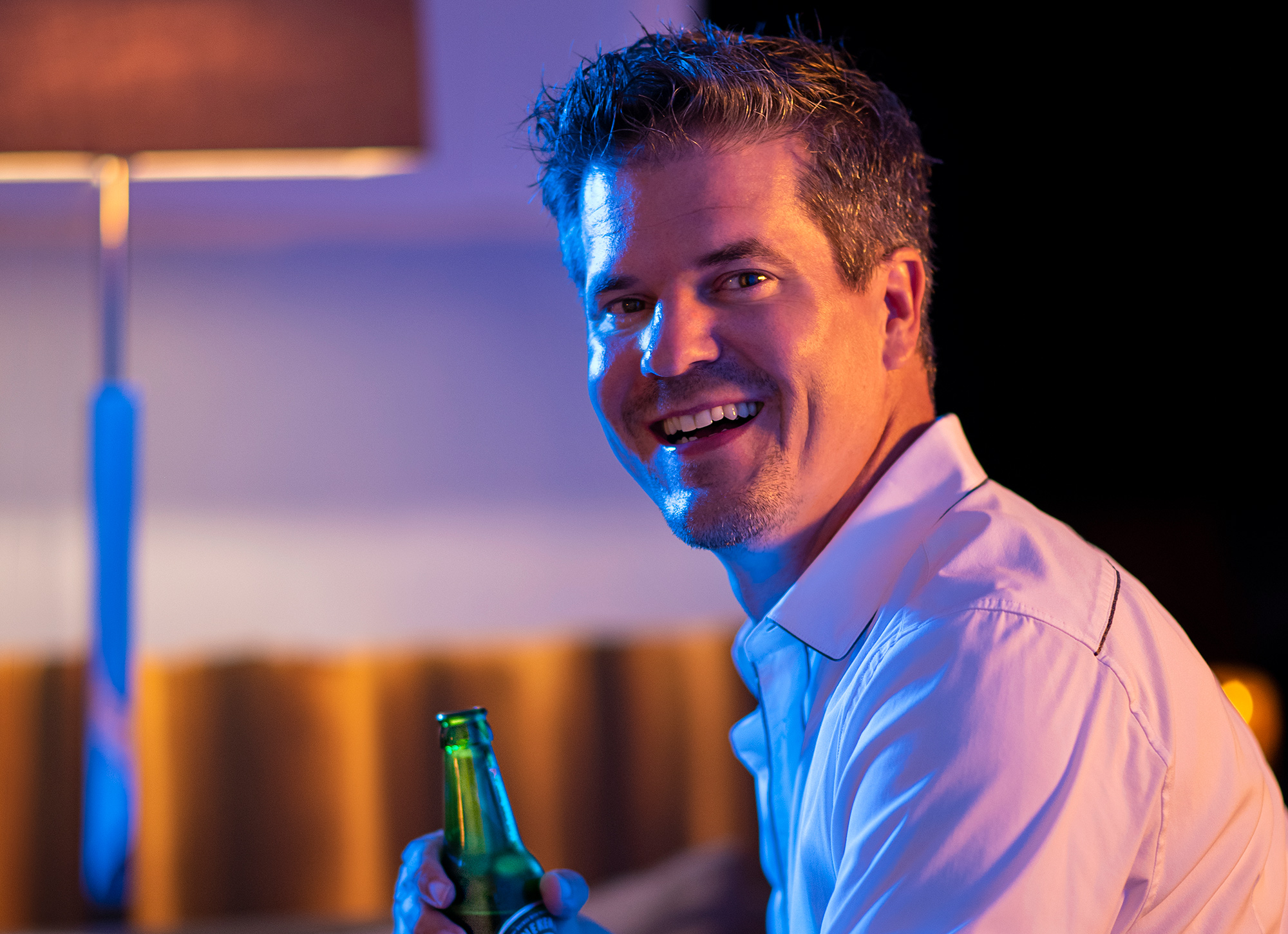Part of Andreas Gursky’s success may be due to the principle “Give the monkey(s) sugar”. And art historians and feature writers gratefully pick up the breadcrumbs that have been sprinkled. Gursky’s portfolio is broad enough. It gives the occasion to think about everything and nothing, to reflect. About poverty in the world, capitalism, socialism, working conditions, luxury, and what else is burning under the nails of the clever minds of the time. More offensively, only the highly polished objects of a Jeff Koons make the critics masturbate intellectually. But Gursky really shouldn’t be blamed for that.
For if one were to limit oneself to the obvious, socially relevant interpretations of the appropriate subjects, Gursky would truly be a simpleton. Yet these works are based on a simple truth: any form of photography is only one possible version of reality and as such not real. One could also say that, quite simply, no valid reality exists at all. So why not bring his own version into play? Create your own reality?
In Gursky’s photographs one can hardly differentiate what has been manipulated and what has not. Not only does Gursky make use of the classical means of digital image post-processing, he also reassembles the photographs in compositions. For example, micro-contrasts in depths and lights are increased, color values of the mid-tones are adjusted, or whole picture elements are used several times. Most of his works have one thing in common: they function from different viewing distances. The photographs are so rich in detail that, after a closer look at the large-scale structures, new cosmos is revealed again and again.
The overall photography – seen from a distance – follows classical, painterly rules. Gursky works with clear compositions and structured surfaces, to which clear and selected color values are assigned. In this way he cleverly guides the viewer through the scenes. But manipulation also takes place through what is not shown. Again and again, whole areas are faded out by black tonal values.
Through this procedure the photographs function on several levels.
There is the striking, narrative level, with partly provocative subjects. On the other hand, there is the completely abstract level, in which, as in painting, colour, structure and space form a whole. It becomes exciting when these two levels combine to form a third dimension. When the aesthetics of space, the rhythm of colours and repetitions, take up the subject and add a more urgent, authentic level to the narrative level.
Gursky is regarded as one of the pioneers of the establishment of contemporary photography, an adequate art, alongside the classical genres of painting and sculpture. The fact that some of his works play with a rather childish placativity certainly does not detract from this, but probably explains his enormous popularity.
Tobias Vetter

